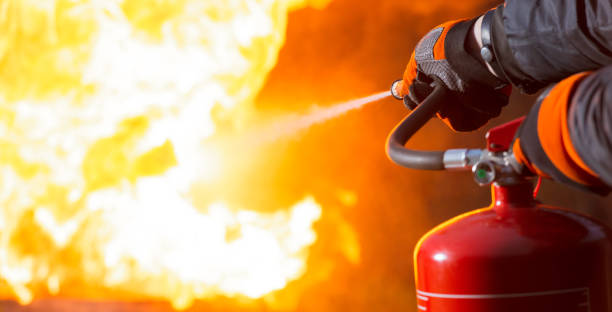Transformers are crucial components in power transmission and distribution networks. They play a pivotal role in stepping up or stepping down the voltage levels to ensure safe and efficient electricity supply. However, due to their nature of operation, transformers are prone to fire hazards caused by overheating or electrical faults. This is where transformer fire barriers come into play.
Transformer fire barriers are designed to protect transformers from catching fire and prevent the spread of fires that could lead to catastrophic damages. They are an essential part of any substation’s safety measures, protecting not only the equipment but also the personnel working on-site.
dive deeper into the topic here function of transformer fire barriers is twofold: containment and prevention. The primary purpose is containment – if a transformer catches fire, these barriers prevent it from spreading to other areas within the substation or adjacent buildings. Transformer fires can reach extremely high temperatures very quickly; thus, containing them as soon as possible is vital for preventing extensive damage.
The secondary function of these barriers is prevention – they act as heat shields that reduce radiant heat transfer from one transformer unit to another. When installed correctly around transformers, they provide a physical barrier between units which significantly reduces the risk of adjacent transformers overheating and catching fire.
Transformer fire barriers typically consist of materials with high thermal resistance such as concrete or specially designed metal panels filled with insulating material. These materials can withstand extreme temperatures without losing their structural integrity or protective properties.
It’s important to note that while transformer fire barriers serve an essential purpose in mitigating risks associated with transformer fires, they cannot completely eliminate those risks alone. Regular maintenance checks on transformers’ conditions should still be performed regularly by qualified personnel for early detection of potential issues before they escalate into significant problems.
In conclusion, given the critical role transformers play in our power systems and considering their susceptibility to fires due to operational factors such as overloading or electrical faults, installing adequate protection measures like transformer fire barriers becomes a matter necessity rather than choice.
Transformer fire barriers are more than just a safety requirement; they are an investment in the long-term operation and reliability of power systems. By containing fires and preventing their spread, these barriers protect expensive equipment, prevent service disruptions, save lives, and ultimately contribute to the stability of our power infrastructure. Therefore, understanding their function and necessity is vital for anyone involved in designing or maintaining power transmission and distribution networks.

